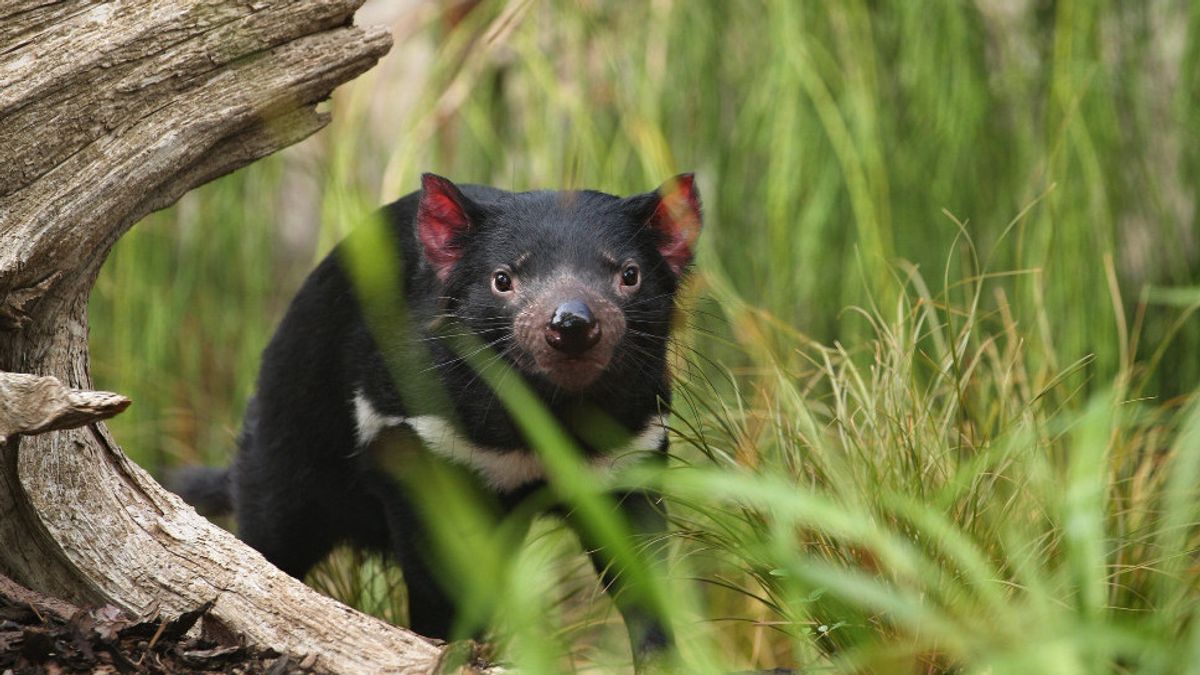YOGYAKARTA - Fauna and flora play a very important role in maintaining the balance of the ecosystem in this world. This biodiversity is not only beneficial for humans, but also contributes to preserving the lives of all living things. One of the places that has the uniqueness of flora and fauna is the Australian continent. Why does the Australian continent have so many unique flora and fauna? Let's explore the factors that influence it.
1. Geological Factors and Flora and Fauna Evolution in Australia
The Australian continent has a long and complicated geological history that has had a major impact on its biodiversity. About 250 million years ago, the earth only consisted of one large mainland. Then, about 200 million years ago, this large land began to split into two large mainland masses known as Laurasia and Gondwana. Australia is part of Gondwana, along with South America, Africa, India, and Antarctica.
About 45 million years ago, Australia was finally separated from Antarctica and began moving north. This process triggers climate change from colder conditions to warmer and drier. This situation creates geographical isolation that causes flora and fauna in Australia to develop uniquely and differently from other regions in the world.
Typical Australian animals, such as koala, walabi, and wombat, are the result of the evolution that occurs as a result of this isolation. In addition, many plant and animal species are found only in Australia and cannot be found elsewhere. This unique evolutionary process is the main reason why the Australian continent has many unique flora and fauna.
2. Species Diversity in Australia
The Australian continent is known as home to a variety of rare and unique species. Based on data from World Wide Flora & Fauna Australia, Australia has more than 140 species of marsupial, 828 species of birds, 140 species of snakes, and 300 species of lizards. About half of the bird species in Australia are even found only in this region.
Examples of marsupial animals in Australia includetegers, koalas, and walabi, which are symbols of the diversity of the continent's fauna. This diversity makes Australia a center of attention to scientists, researchers, and nature lovers who want to study this unique ecosystem and strive to preserve it.
3. Climate Influence of Flora and Fauna's Uniqueness in Australia
In addition to geological factors, Australia's climate also plays an important role in creating environments that support flora and fauna diversity. Australia has a very diverse climate, ranging from tropical climates in the north, subtropic climates in the east, to moderate climates in the south. Australia's central region is dominated by the desert climate, making it one of the driedest continents in the world.
The desert climate in Australia covers about 18% of the country's territory. In the desert area, the day's temperature can reach 35$C to 40$C, while the night's temperature drops drastically to 15$C to 20$C.
Flora and fauna living in this region must adapt to extreme conditions. Australian endemic plants, for example, have developed resistance to drought and frequent fires, while animals in this region have unique adaptability to high temperatures and drought.
4. Influence of Sea Currents and Geographical Locations
In addition to climate, geographical conditions and ocean currents also affect the uniqueness of flora and fauna in Australia. Australia's north, east, and west beaches are influenced by warm ocean currents, which provide warm and humidity temperatures in these areas. On the other hand, the southern coast close to Antarctica has colder temperatures.
This temperature variation due to ocean currents creates an environment that supports the diversity of different species in each region. The more damp coastal area supports tropical rainforests with distinctive flora and fauna, while the desert region supports flora and fauna that are drought-resistant.
So in conclusion, Australia has many unique flora and fauna due to various factors, including geological history, geographical isolation, diverse climates, and the influence of ocean currents. All of these factors create a distinctive ecosystem where various unique species develop and adapt specifically to their environment. This diversity makes Australia one of the most unique continents with flora and fauna in the world.
Those are some of the main reasons why the Australian continent has many unique flora and fauna. To add to the reference of reading as well: Australian Researchers Find 3 New Kangaroo Species That Have Been Extinction
So after knowing why the Australian continent has many unique flora and fauna, see other interesting news on VOI.ID, it's time to revolutionize news!
The English, Chinese, Japanese, Arabic, and French versions are automatically generated by the AI. So there may still be inaccuracies in translating, please always see Indonesian as our main language. (system supported by DigitalSiber.id)








